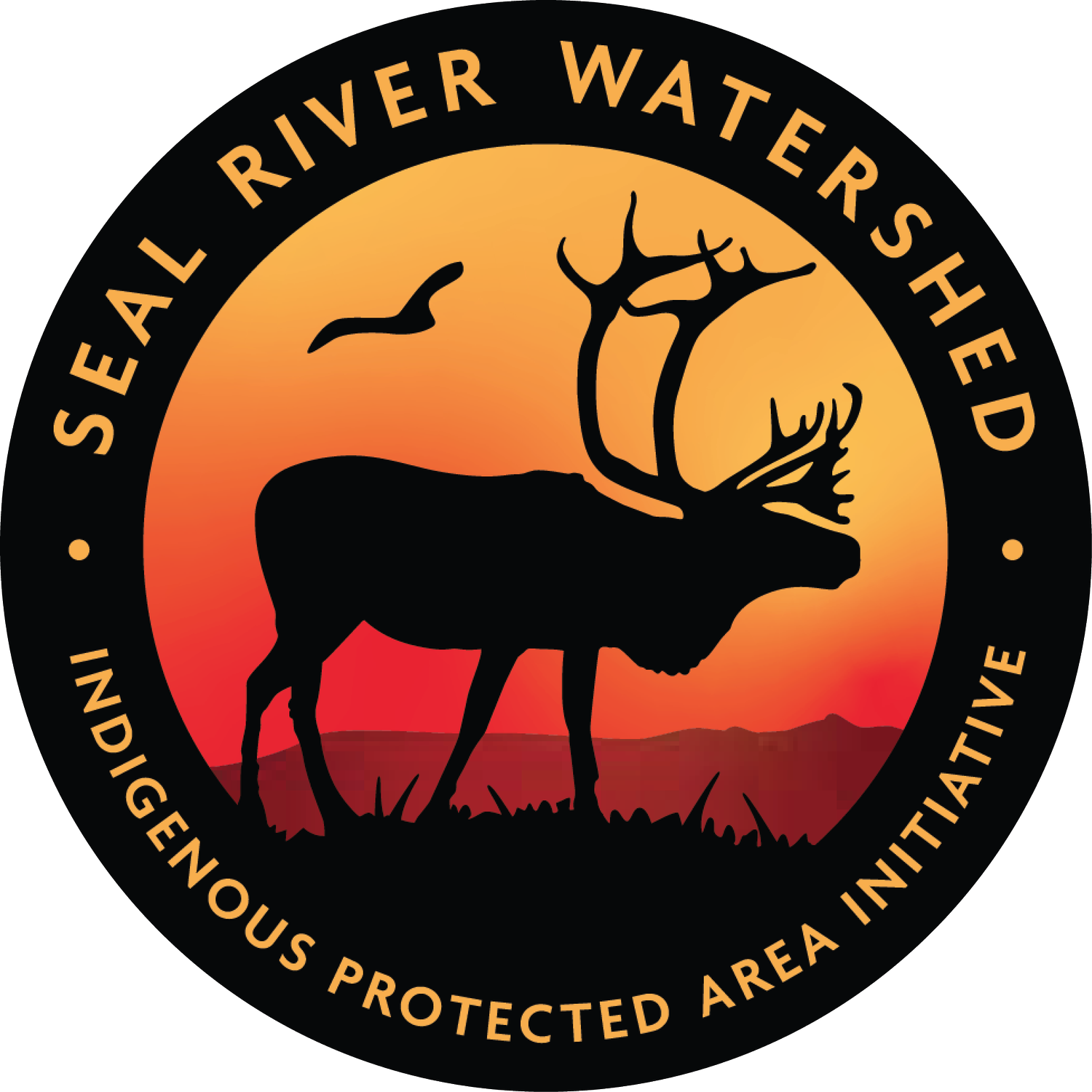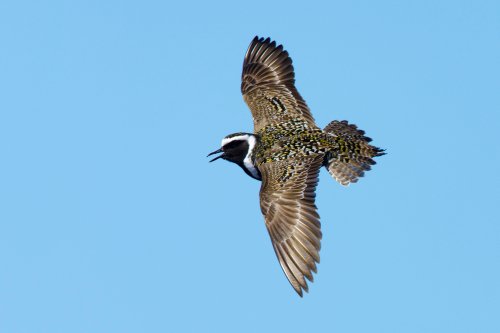A Globally Unique Place For Waterfowl — The Seal River Watershed
By Jeff Wells for Boreal Conservation
A new report released by Ducks Unlimited Canada, Oceans North Canada, and the Manitoba Government described the results of surveys in a special part of the Boreal Forest called the Seal River Watershed of northern Manitoba.
The Seal River Watershed is a 12-million-acre landscape of forests, wetlands, lakes, streams and rivers that flows eastward more than 200 miles from near the Saskatchewan border to the ocean of Hudson Bay. The Seal River has no dams on its length, allowing both fish and the seals that follow them, to travel far inland, hence the river’s name. The new report details the number and variety of ducks and geese counted from low-flying airplane-based surveys from 2013-2015 in the easternmost part of the watershed.
The report shows that the Seal River Watershed is a critically important breeding and migratory stop-over for huge numbers of waterfowl including lots of the species that people in the U.S. love to see in migration and winter.
The numbers are impressive and include many seaducks that make up the coastal wintering bird communities of both Atlantic and Pacific Coasts of the U.S. and southern Canada. Black scoters—the males jet black with bright orange bill knobs—were one of the most abundant of the breeding and migrating ducks documented in the report with thousands estimated to occur in the area.
Numbers of other seaducks and diving ducks were also impressive including long-tailed ducks, scaup (the aerial surveys could not differentiate between the two very similar-looking species) and, in migration, common goldeneye. Dabbling ducks like green-winged teal, American wigeon, northern pintail, and mallards also were found in the thousands. The observers in the planes doing the surveys also noted loons and sandhill cranes. Interestingly, they documented both common loons and Pacific loons.
Another publication, the Manitoba Breeding Bird Atlas which was completed in 2014, further highlights that the watershed’s landscape supports significant numbers of certain land birds including many of those that are spilling into the U.S. on migration. Birds like Blackpoll Warblers, White-throated Sparrows, Dark-eyed Juncos, Swainson’s Thrushes, and Palm Warblers are among the many species that call the Seal River Watershed their summer breeding grounds. A few landbirds that nest in the watershed are quite range-restricted and are particularly sought after by birders including the Harris’s Sparrow and the Smith’s Longspur.
The atlas also confirmed that many of the same wetlands that support the waterfowl highlighted in the report by Ducks Unlimited Canada and partners also support significant numbers of shorebirds like Greater and Lesser yellowlegs and Least Sandpipers, and colonially nesting birds like Common Terns.
Fortunately, the Seal River Watershed Alliance, a coalition led by five Indigenous governments (Sayisi Dene First Nation, Northlands Dene, O-Pipon-Na-Piwin Cree Nation, Barrenlands Cree Nation and the Inuit of the Kivalliq region of Nunavut) are working to designate the 12-million-acre (50,000 km2) watershed as an Indigenous Protected and Conserved Area.
Their efforts will mean that millions of birds will have a vast landscape to nest and raise their young forever. Those same birds will migrate south from the Seal River Watershed to bring joy to birders across southern Canada and the U.S. and beyond.
Hopefully this new report released by Ducks Unlimited Canada and partners will give the Manitoba government and the Canadian federal government even more resolve to follow the lead of the Indigenous governments of the Seal River Watershed Alliance as they work for protection of this amazing Boreal landscape.



